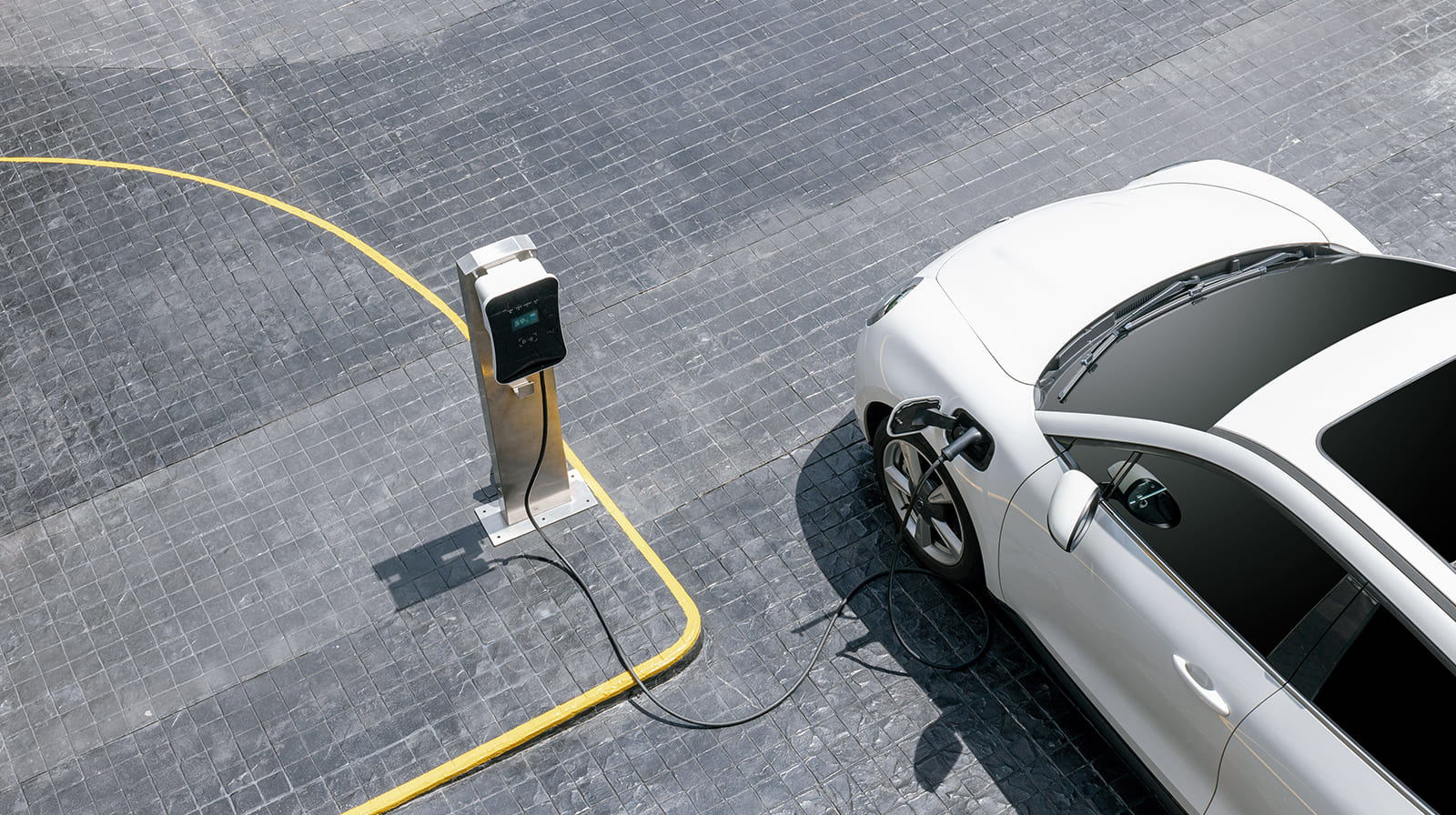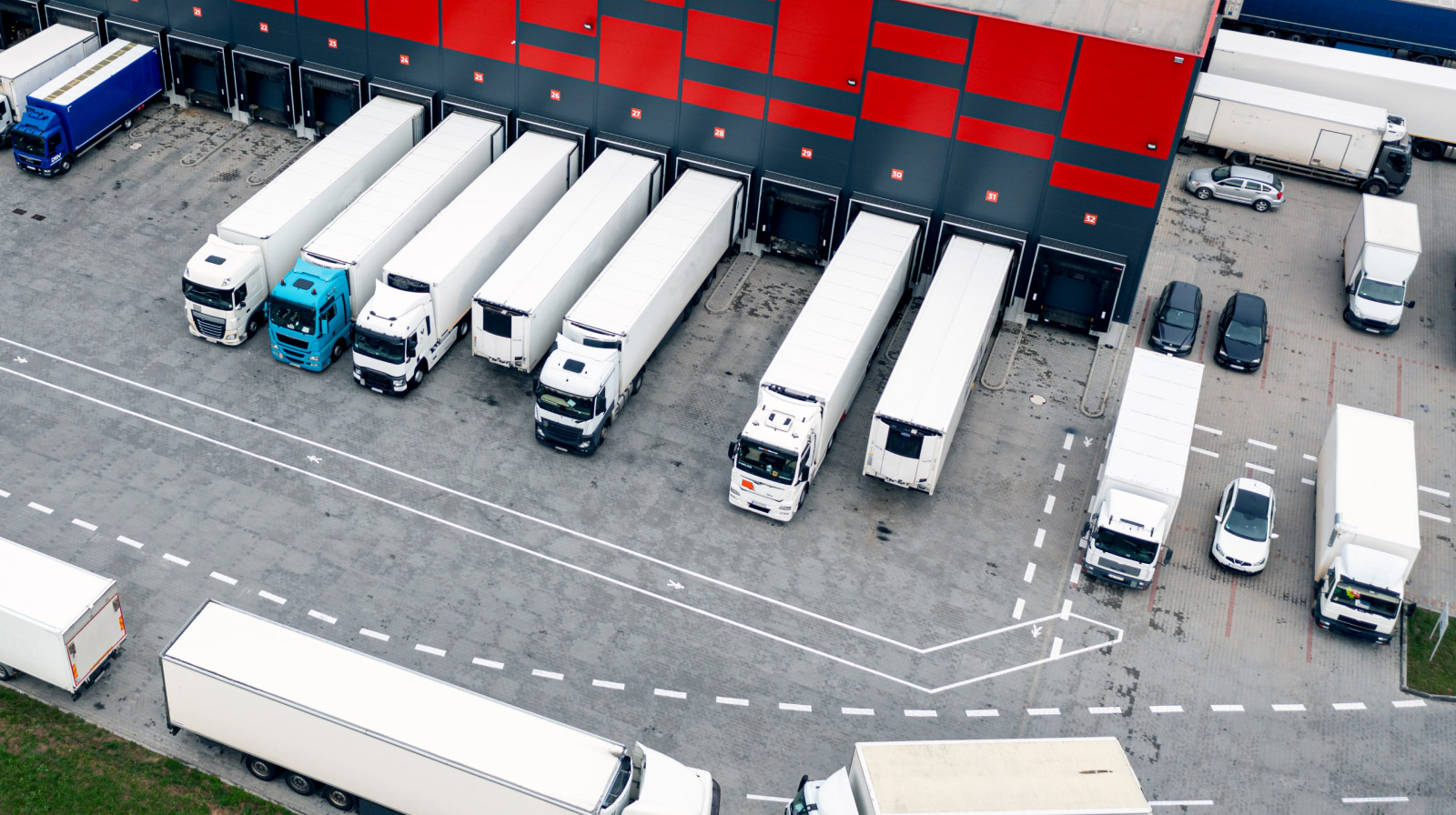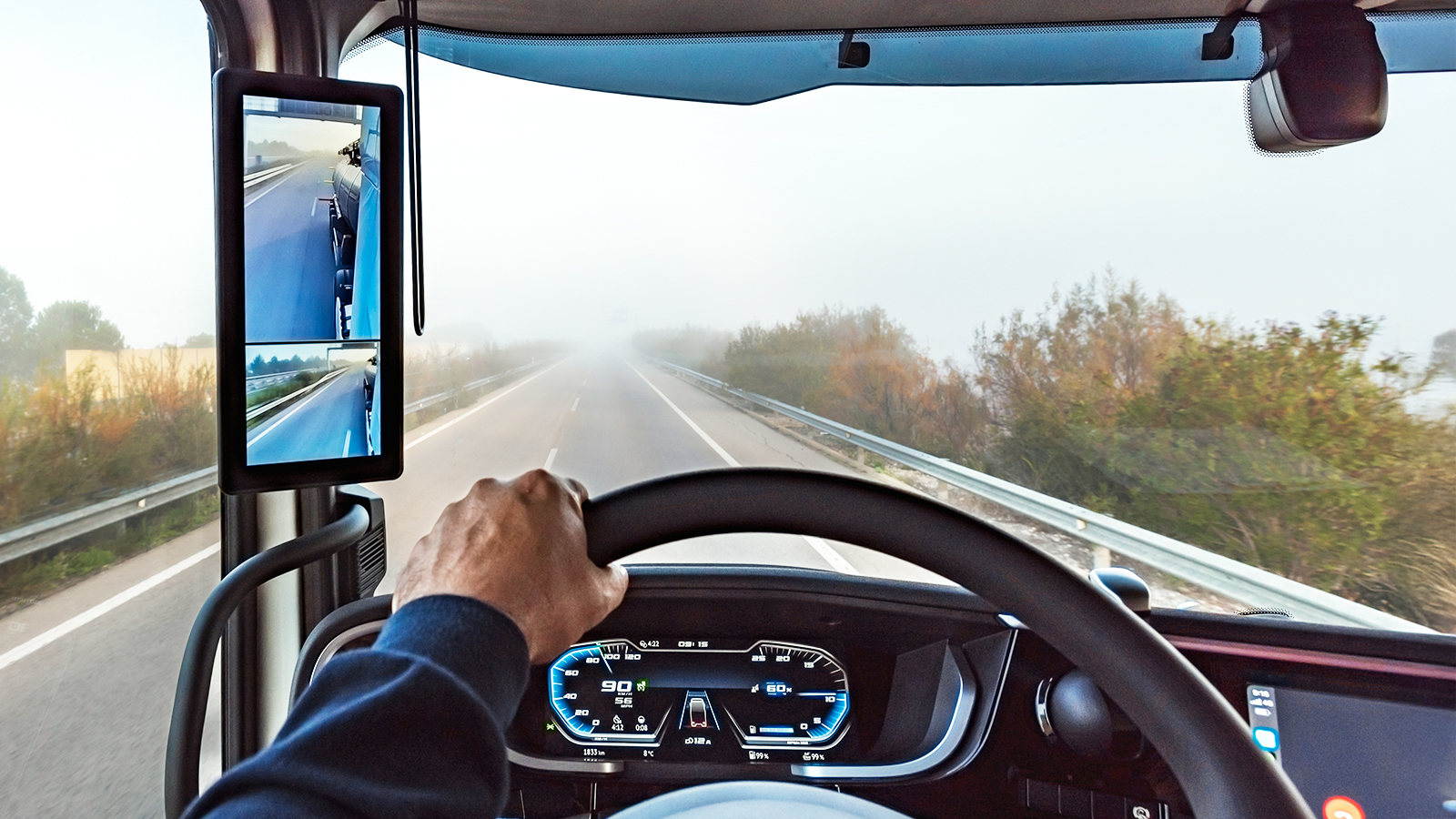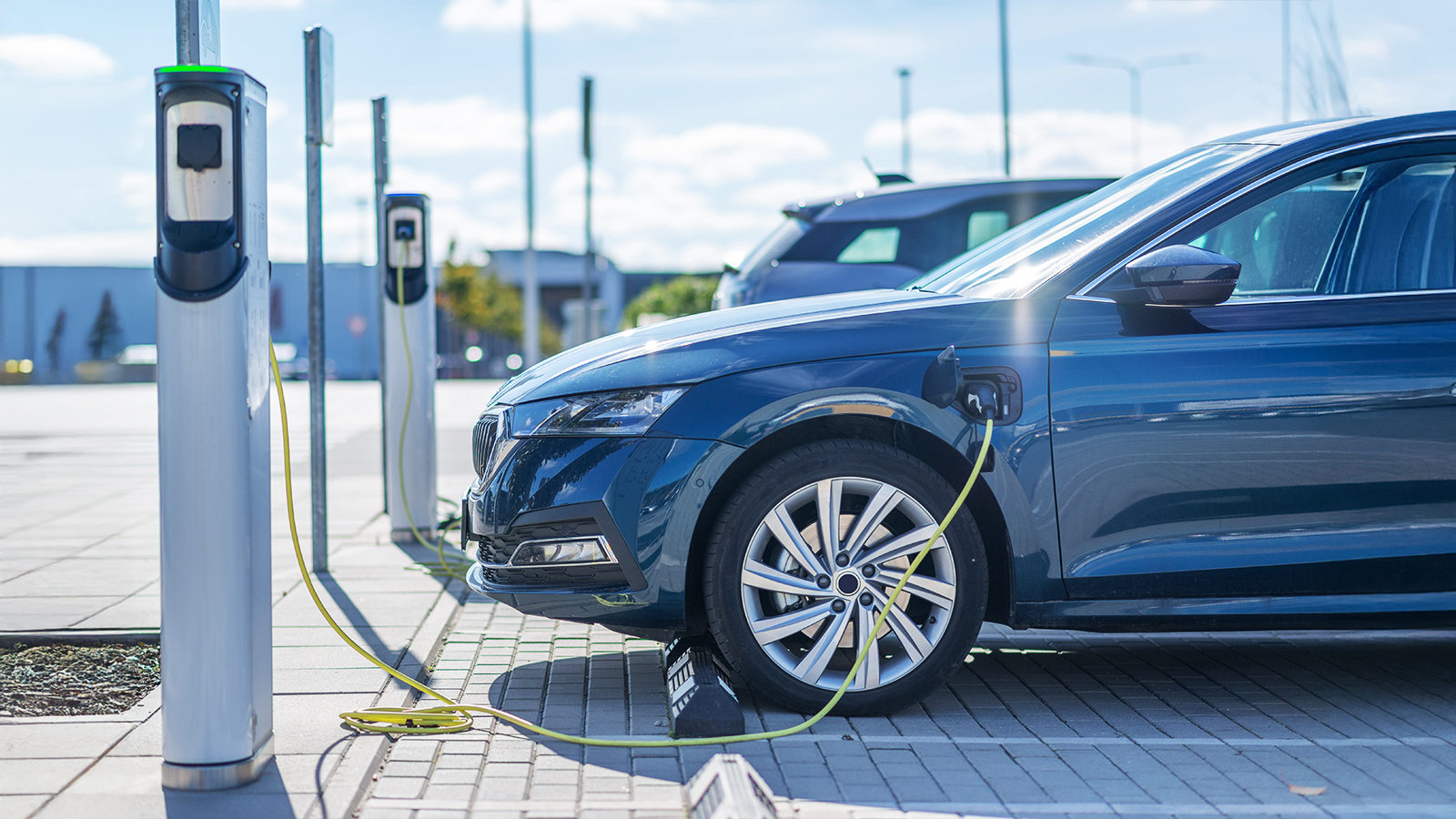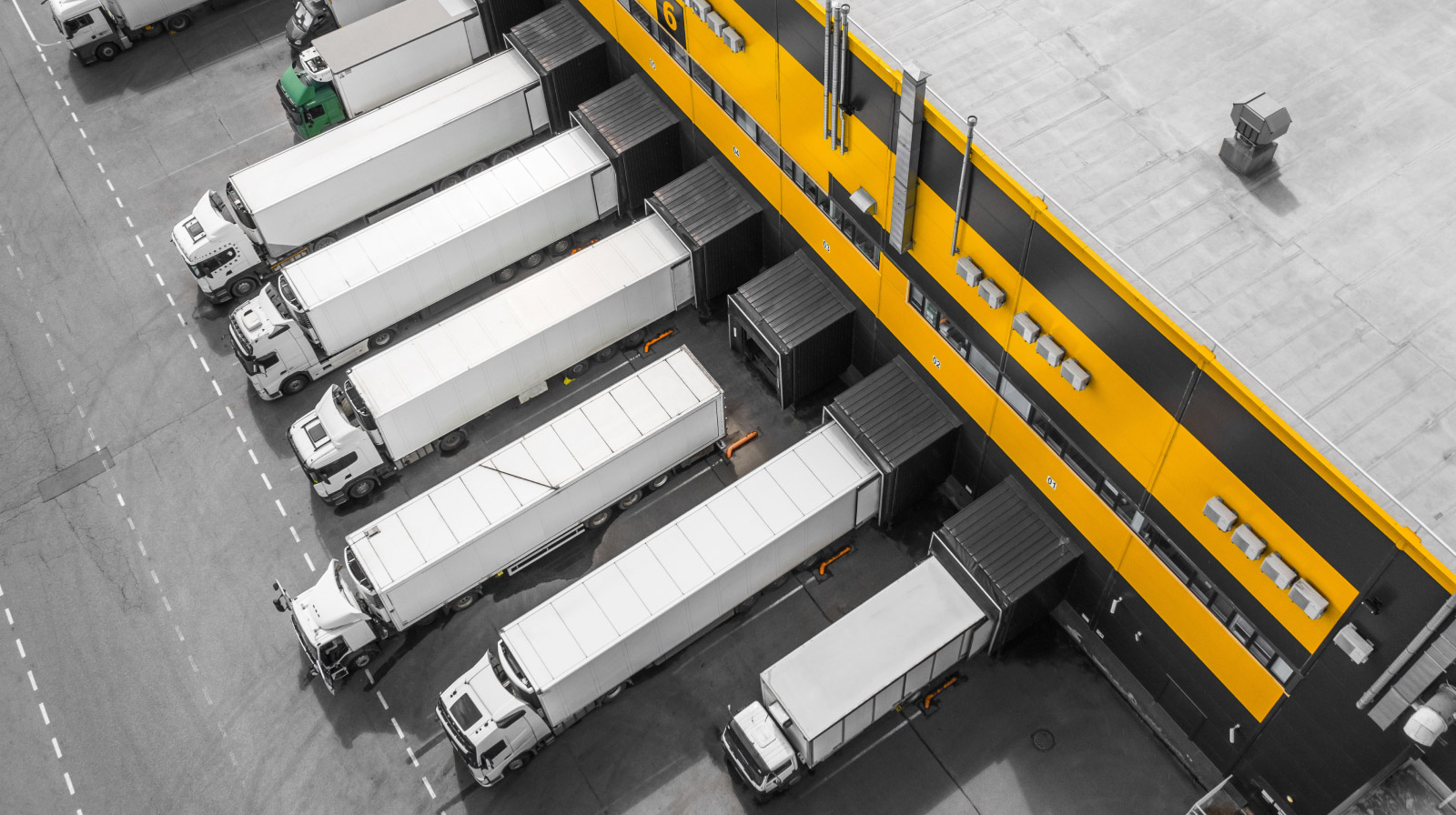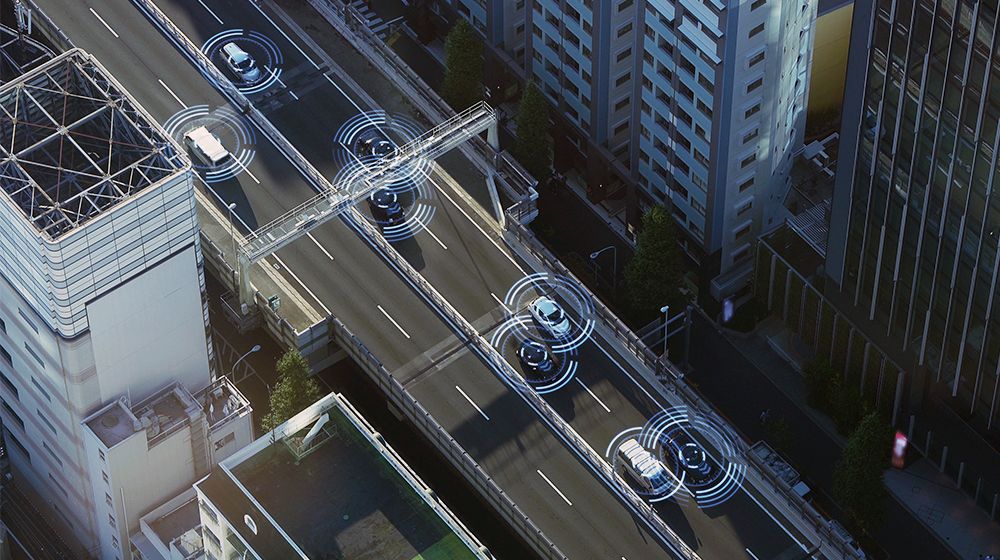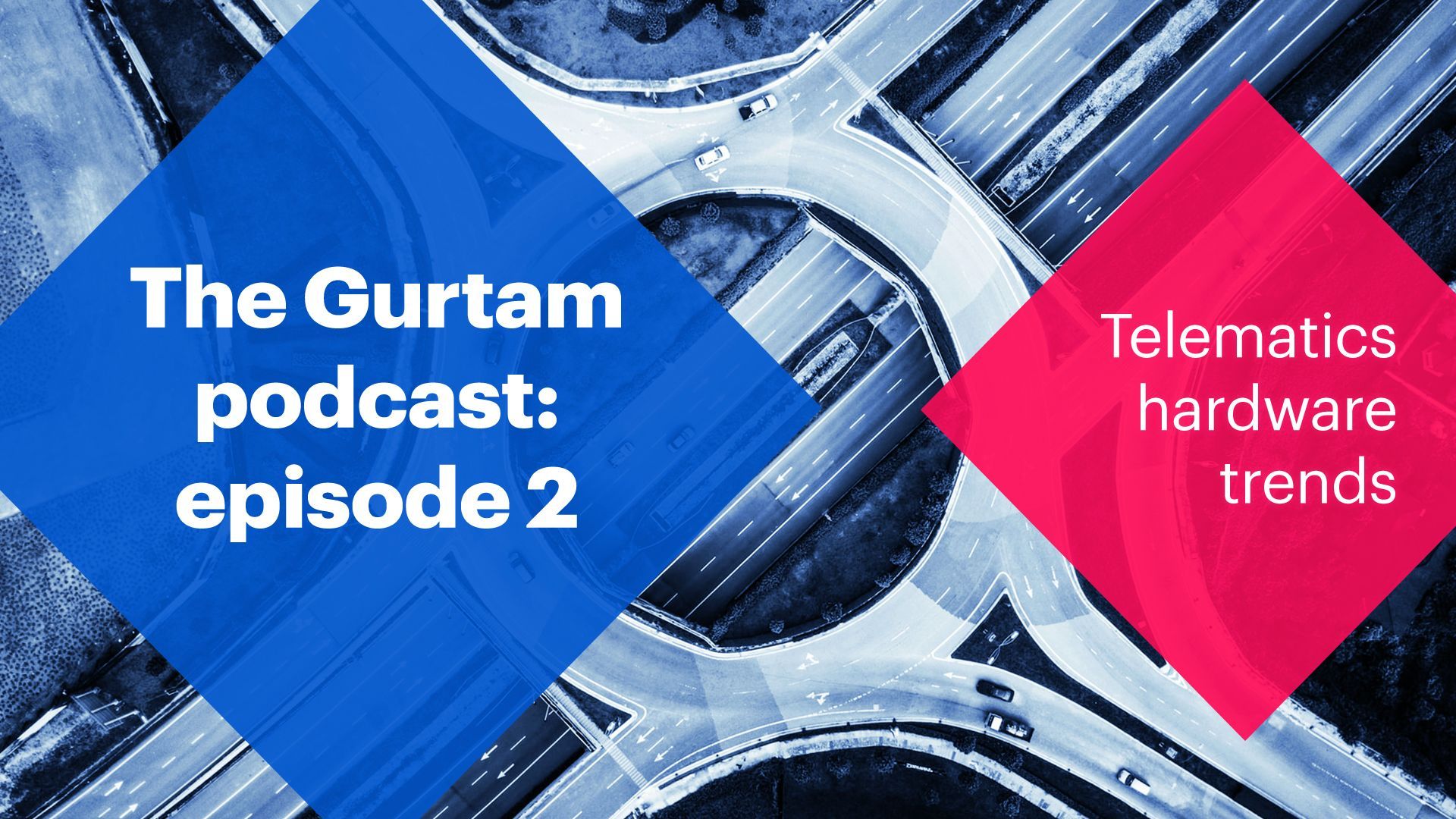The progress of EV technology is clear in numbers. One of the earliest EVs, the 1996 General Motors EV1, had a range of around 110 km and took several hours to reach a full charge. Nearly three decades later, the 2024 Tesla Model 3 Long Range RWD promises to travel 700 km on a single charge. After that, a Supercharger station can add hundreds of kilometers to your route in just 15 minutes.
Given such impressive advancements, fleet electrification is a hot topic in the transportation industry, sparking extensive debate among experts, businesses, and consumers. Some are eager to join the movement, drawn by environmental benefits and tax exemptions, while others remain skeptical due to the high costs of investment or limited charging infrastructure. However, one thing is clear: this trend is one to watch closely for companies in the fleet management sector, including telematics service providers.
This blog post will explore the benefits and challenges of going electric, helping you understand industry tendencies and decide whether your business should prepare for this transformation.
What is fleet electrification, and why is it trending?
Over the past decades, the transportation sector has significantly shifted towards greener practices, with electric vehicles emerging as a crucial focus in this transformation.
Fleet electrification within a company involves transitioning from gasoline or diesel-powered vehicles to electric ones. It encompasses various types of road transportation, from two- and three-wheelers — the most electrified segment — to medium- and heavy-duty trucks, which are the hardest to electrify due to the size and cost of the batteries.
In 2024, Wialon highlighted the electrification of fleets as one of the top fleet management industry trends. The increasing market presence of EVs is driving this tendency. Major automakers are betting big on electric models. In 2024, Jaguar Land Rover ended internal combustion engine (ICE) car sales in the UK, aiming for an all-electric lineup by 2026. Volvo targets 90–100% electrified sales by 2030, and Volkswagen plans to stop selling ICE cars in Europe by 2035. It’s fair to notice that these bold targets do not always materialize. For instance, in 2024, Mercedes-Benz scaled back its electric ambitions, and Ford announced a shift from all-electric models towards more hybrids.
Despite these setbacks, the Global EV Outlook 2024, an authoritative report by the International Energy Agency (IEA), paints a promising future for EV technology. If charging infrastructure expands as well, half of all cars sold globally could be battery vehicles or plug-in hybrids by 2035.
Let's explore the most compelling benefits of electrifying fleets, which are driving the automotive industry toward mass adoption of electric vehicles and, by extension, encouraging telematics service providers to keep up with the change.
The key benefits of fleet electrification
Cleaner environment
- Decrease in greenhouse gas (GHG) emissions
Switching to EVs is widely recognized as a way of fleet decarbonization. The U.S. Environmental Protection Agency states that overall carbon emissions from manufacturing, charging, and driving an EV over its lifetime are typically lower compared to traditional cars. Research by Transport & Environment, a European organization advocating for sustainable transport, supports the claim for EV environmental benefits. They calculated that in the EU, the average electric car reduces emissions by nearly two-thirds compared to petrol or diesel vehicles — and this advantage is growing as technology advances.
- Improved air quality and public health
It's true that EVs, like other cars, still contribute to air pollution by producing small particles from friction on brakes, tires, and road surfaces. However, they offer a significant improvement compared to gasoline cars.
In 2022, the American Lung Association released a report titled "Driving to Clean Air: Health Benefits of Zero-Emission Cars and Electricity," highlighting the harmful effects of air pollution on children and adults. These effects include respiratory issues like wheezing and coughing, heart attacks, strokes, and premature death. The report concludes that alternative fuel vehicles could dramatically improve air quality and reduce health risks.
The report “Delivering Clean Air. Health Benefits of Zero-Emission Trucks and Electricity” highlights the impact of air pollution on public health
- More sustainable transportation system
Fleet electrification enables vehicles to be powered by renewable energy sources like solar or wind, reducing dependency on oil and natural gas. This shift contributes to more sustainable transportation and helps to mitigate climate change.
The International Energy Agency developed the Net Zero Roadmap, a strategic framework for achieving net-zero carbon footprint by 2050. Road transport electrification plays a significant role in reaching this target, and electricity is projected to represent 75% of energy consumption in this sector by 2050.
Fuel shares in road energy consumption forecast, Global EV Outlook 2024
Economic sense
- Lower energy costs
Electricity generally has a lower and more stable price than gasoline or diesel. Also, electric motors are more effective at converting stored energy into motion than internal combustion engines. The exact cost savings for fleet owners depend on various factors, including local fuel and electricity prices, vehicle types, and infrastructure availability.
- Financial bonuses and tax benefits
Governments worldwide aim to boost EV deployment to meet their sustainability goals. The approaches vary widely by country. The incentives usually come in the following forms:
- Purchase rebates. An example is Germany, where the government offers a grant for EV purchases. The environmental bonus is €4,000 for all-electric vehicles and €3,000 for plug-in hybrids. Half of the bonus is applied as a discount at purchase, with the government paying the rest directly to the buyer.
- Tax credits and exemptions. In the U.S., certain new and used EVs qualify for a tax credit of up to $7,500, reducing the buyer's income tax.
- Additional perks. In Norway, electric vehicle (EV) drivers benefit from reduced parking fees and access to bus lanes, helping them save money and time. Similarly, Lithuania grants EV drivers bus lane access. In China, buyers of eco-friendly passenger cars get free license plates.
Many of these policies have an expiration date. Therefore, relying on these incentives in the long term may not be advisable. If you need an example, take London: the authorities will end the zero-emission vehicle discount in December 2025, meaning EV drivers will pay a £15 daily charge instead of the current fee of £10 per year to access certain parts of the city during peak hours.
- Positive brand image
Companies often support green technology to enhance their reputation and attract environmentally conscious customers. At the same time, these initiatives create valuable PR opportunities — media outlets are more likely to spotlight sustainability efforts, amplifying the brand’s visibility in the market. The green marketing approach has been so appealing to companies that another tendency has emerged: so-called greenwashing, when businesses spend more money promoting their eco-friendly image than making sustainable product changes.
Future potential
- Technological advancement
Most modern electric vehicles use lithium-ion batteries, which store more energy in the same space than older lead-acid batteries. The development of next-gen technologies like solid-state batteries promises longer ranges and faster charging times for EVs.
Many infrastructure enhancements are also in progress, ranging from battery-swapping services to electric road systems. They align with the broader goals of smart city mobility development. This promising trend involves integrating advanced technologies and sustainable practices to create an eco-friendly transportation system with high energy efficiency.
Fleet management software companies have also turned their attention to electric transport, helping optimize its efficiency. One of the Wialon updates in 2024 is a sensor for EV’s battery level control, which enables our partners’ clients to monitor their electric fleet operations easily and analyze the incoming data.
- Increased affordability and a potential new source of income
The Global EV Outlook 2024 forecasts that EV prices will continue to drop due to cheaper batteries and intense market competition. The parity between EV and petrol car retail prices will mark a watershed moment for consumers and businesses. This shift is already evident in China: by 2023, local brands offered nearly 50 affordable electric models, many priced under ¥100,000 ($14,000). This matches the price range of best-selling small gas and diesel cars, ¥70,000 to 100,000 ($10,000 to 14,000).
Moreover, there’s also promising Vehicle-to-grid (V2G) technology that allows car batteries to return unused energy to the power grid. This helps balance supply and demand, making the electric utility system more efficient and reliable. In the future, EVs could earn money by acting as 'batteries on wheels': charging during low demand and reversing the flow during peak times.
V2G turns an electric car into a 'battery on wheels'
V2G technology is still developing, but it’s not a pipe dream. In 2024, a trial program in Australia successfully tested a fleet of Nissan Leafs as a backup power source during blackouts. Besides Nissan, EV models from Hyundai, Renault, BYD, and SAIC’s MG are capable of bidirectional charging. Other carmakers are likely to follow.
The challenges of fleet electrification
Introducing new technologies rarely comes easy. Despite the successes already achieved and the promising future ahead, challenges still remain for electric vehicles. Awareness of these issues is essential; otherwise, the business may suffer losses.
In 2021, the car rental company Hertz invested in nearly 60,000 EVs in the US but had to scale back in 2024, swapping a third of their electric fleet for gasoline cars with an anticipated loss of about $12,250 per vehicle. The executives cited higher operating costs, including damage repair and depreciation. Some experts argue that the issue wasn’t the EVs but poor management and insufficient infrastructure investment.
Here is a list of the most common challenges to consider for those interested in electrifying their fleet:
Cost of investment
- The upfront costs of EVs
The global market expects EV prices to drop gradually, and China already offers affordable battery-powered models. However, the reality is that in most regions, the upfront cost of electric vehicles still poses a significant challenge. Here is a simple example illustrating the broader picture: in 2024, the global management consulting firm Roland Berger reported that in the U.S., new battery-electric trucks could be up to three times more expensive than comparable diesel-powered models.
- Maintenance expenses
EVs have fewer moving parts: no oil changes, no engine air filters, fan belts, or gearboxes that can fail. However, their unique components, such as high-voltage systems, require specialized maintenance and repair skills. The implication? Fleet owners must invest in training and equipment for their staff — or pay for external expertise.
Limited infrastructure
You’ve probably heard of range anxiety — a term coined for the fear that an electric car won’t make it to the charging station. Now, imagine a commercial truck traveling long distances through rural areas. The logistics get more complex, and potential losses become higher.
Charging must seamlessly integrate into the vehicle's journey to maximize fleet utilization. The Global EV Outlook 2024 suggests overnight charging at depots for vehicles with predictable daily routes, like urban delivery services. This allows for low-power EV charging over extended hours. Public chargers along highways can help with en-route charging, especially for long-haul trucks and intercity buses.
High level of uncertainty
The electric future is filled with unanswered questions. This uncertainty is arguably the biggest challenge to EV deployment.
There are so many pain points that it’s hard to know where to start. Shifting EV policies affect commercial profitability. Depreciation is another concern; the resale price of an EV is certain to decrease, but by how much? Combine it with the human reluctance to embrace change, and it’s easy to see why many will be tempted to stick with traditional vehicles — for now, at least.
Things to consider for successful fleet electrification
Despite its challenges, commercial fleet electrification could already benefit some businesses. The potential success depends on careful planning. Here are the most essential points to consider to avoid a troubling gap between expectations and reality:
- Vehicle range and suitability. The fleet's duty cycles should match the range of the selected EVs.
- Charging infrastructure. There should be enough charging stations to support the fleet's operational needs.
- Total cost of ownership. Evaluating fuel savings, maintenance costs, and available government incentives is important to determine the overall financial impact of running electric fleets.
Telematics service providers can support their clients' fleet electrification strategy by highlighting relevant solution updates, such as Wialon's EV battery level control sensors. Based on market demands, Wialon plans to develop more features for effective EV management.
Bottom line
While the trend towards electrifying fleets is not entirely predictable, it is strong and probably unstoppable. For some businesses, the benefits already outweigh the challenges; for others, this may not be the case for many years.
What's in it for telematics service providers? The key to success is staying updated on the latest advancements in EV technology, infrastructure, and regional regulations, anticipating market trends, and adjusting their offerings to align with client needs.
FAQ
What is EV fleet deployment, and why is it a growing focus for transportation businesses?
EV fleet deployment involves integrating electric vehicles into a company’s operations. It's trending because of the push for greener practices, reduced fuel costs for car owners, and advancements in EV technology.
Here are the essential points fleet owners should consider for successful fleet electrification:
- Fleet needs. Analyze your current usage patterns (daily mileage, routes, cargo capacity, etc.)
- Vehicle selection. Research EV models, focusing on range, charging time, and total cost of ownership.
- Charging infrastructure. Assess your charging needs, including the number of chargers required, charging speeds, and optimal placement of charging stations.
- Charging plan. To minimize downtime, set clear charging procedures, including scheduling, driver responsibilities, and cost management strategies.
- Training. Ensure drivers and staff are comfortable with EV operation and charging.
How do governments support electric vehicle owners?
In many countries, governments encourage buyers to choose electric vehicles by providing a range of substantial benefits. These often include:
- Discounts on buying EVs.
- Tax incentives for EV owners.
- Additional perks like lower parking fees or free license plates.
What is Vehicle-to-Grid (V2G) technology?
V2G technology allows EVs to return excess energy to the power grid, allowing owners to use their cars as backup power and potentially earn money.
In the Netherlands, the mobility provider We Drive Solar is pioneering this technology in Utrecht, aiming to make it ‘the world's first bidirectional city.’ The idea is to charge cars with solar energy during the day and feed power back to the grid during evening peak demand. In 2023, they partnered with a car-sharing platform, expanding the program to around 300 vehicles.
V2G projects are emerging globally; 149 across 27 countries are listed on the V2G Hub website. One of the latest is a 2024 trial in Australia, where 51 Nissan Leafs provided backup power during blackouts.
What should be considered for a successful electric fleet transition?
Key factors to consider in advance are:
- Making sure EVs have the necessary range to cover the required distances.
- Ensuring there are enough charging stations along routes.
- Analyzing all costs, including purchase, maintenance, and fuel savings.
How telematics service providers can benefit from their clients’ fleet electrification?
Telematics service providers can attract new clients and retain existing ones by offering them solutions like Wialon to monitor and manage EV fleets. Specialized features, such as battery level tracking, help ensure smooth operations and optimize expenses.
If you have already started or are about to start the fleet management business and want to try Wialon, please contact us by filling out this form. If you want to monitor your fleet or other assets, please contact the Wialon partner in your region. Find the one that suits you best on the Wialon partner map.
